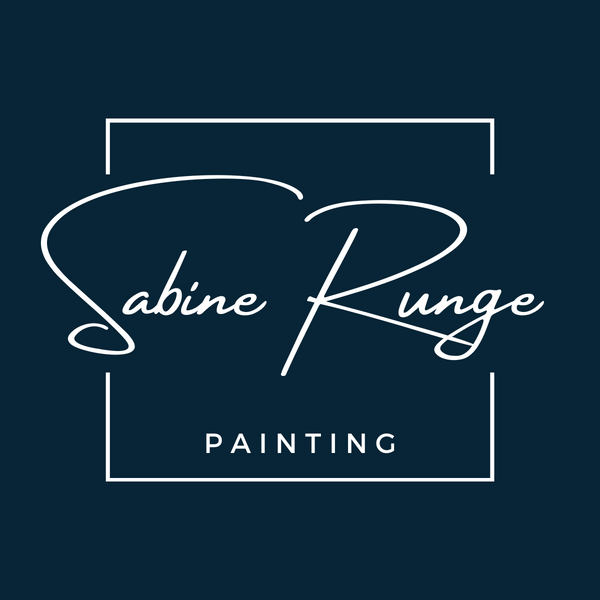Successful art investment: trends and tips at a glance
The art market has developed into a promising and dynamic asset class over the past few decades. High-priced art collectors interested in appreciation and long-term profit should know the right strategies for investing in the art market. In this blog post, we analyze the appreciation of artworks, current trends in the art market, and offer tips on how to identify lucrative investment opportunities.
Strategies for increasing the value of works of art
The increase in value of works of art can be influenced by various factors:
- Artistic relevance: An artist's popularity and reputation play a crucial role. Works by established artists tend to fetch higher prices, but emerging artists can also increase in value due to their limited availability and growing demand.
- Rarity and provenance: The origin and rarity of a work of art increase its value. Works of art with a proven history or from important collectors may be particularly sought after.
- Market situation: The art market, like stock or real estate markets, can be influenced by supply and demand. Increased interest in certain movements or artists can drive up prices.
Art Investment: Discover the latest trends
To successfully invest in art, it is important to follow current market trends:
- Digital art and NFTs: In recent years, digital artwork and NFTs (non-fungible tokens) have gained popularity. Many collectors are willing to pay high prices for taxable digital art. This opens up new investment opportunities, especially for technology and art lovers.
- Sustainability and social issues: Artists who address issues of sustainability or social justice are gaining traction. Collectors interested in ethical investing may consider these artists valuable additions to their collections.
- Pop culture and contemporary references: Artworks that address pop culture and contemporary themes are attracting considerable interest. Artists who creatively interpret these themes can be a desirable investment.
Art Investment: How to Maximize Your Return
Here are some tips to make your art investment portfolio successful:
Diversification
As with any investment, diversification is key. Don't bet all your money on a single artist or style. Instead, include a variety of works of art from different eras, styles, and cultures in your collection to minimize risk.
Research and analysis
Invest time in researching artists, their works, and current market developments. Art magazines, online platforms, and auction houses offer valuable information and insights into the market.
Visit trade fairs and exhibitions
Gatherings such as art fairs and exhibitions not only offer the opportunity to view works before purchasing, but also to connect with artists and other collectors. Networking is an important component of a successful approach to art investing.
Engage professionals
Consider engaging an art consultant or appraiser to help you select investments. These professionals have access to information and can provide valuable perspectives to support your purchasing decisions.
Long-term art investments for sustainable success
Art investments are often long-term commitments. Be patient and avoid impulsive decisions based on short-term market trends. A quick sale can sometimes be tempting, but the best appreciation often comes over years or decades.
Investing in art: Discovering trends and strategies
Investing in the art market can be an exciting and potentially lucrative way to diversify your wealth. By understanding the appreciation of artworks, leveraging current trends, and developing thoughtful strategies, you can make informed decisions and successfully invest in art.

















